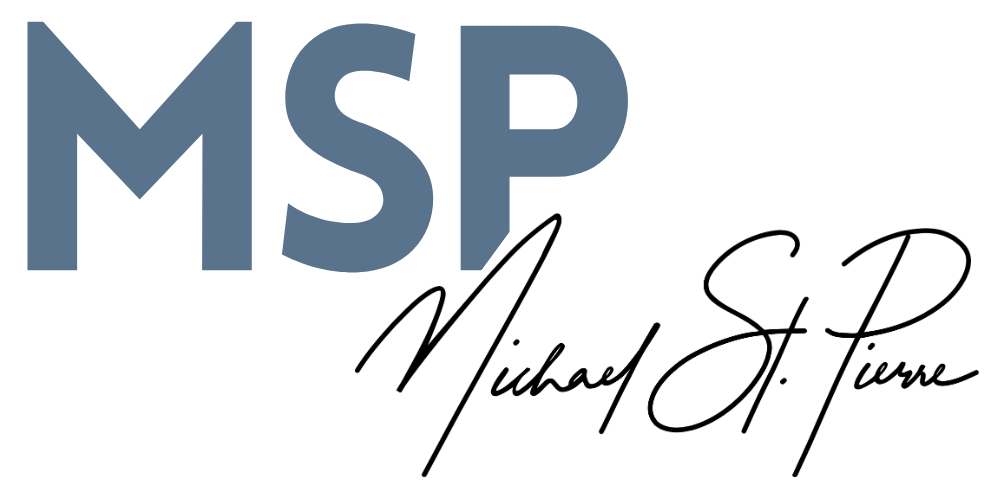We sat around the table and reflected on five years of offsite meetings. "How many has it been? Ten? Twelve?" Amazingly, we had been doing offsite meetings for five years and meeting offsite at least twice a year. The people have changed but the process was in tact.
I learned this from Fr. Michael Martin, OFM Conv. who took his team years ago to local colleges, country clubs and meeting locations. He was, and I'm sure still is, a genius of executive team building.
Why go offsite? Simply put, getting your team out of the office (or off campus) decreases distractions and promotes higher level thinking. You'll also build community within your thought leaders and you'll be able to solve big problems. (or at least take a bite out of them)
Our team does it one way but there's no magic bullet here- what works for us might not work for your team. Still, give this a try:
1. Find an attractive meeting place. We've met at retreat centers, business offices and restaurants. Places that can provide food are best and you won't want to take your team too far away... a 45 minute drive is probably the most folks will want to travel. People feel special when they can meet in a cool location.
2. Request one page reports prior to the meeting. Folks should share what "wins" they've experienced and what bothers them. This promotes vulnerability which builds teamwork.
3. Practice constructivist leadership as you build the agenda. Ask for input as you build the items that folks want to talk about. You'll have some topics that you can "seed" the meeting with but there's no harm in letting the team build it with you.
4. Use breaks often. Take a break every 1.5 hours and let people know that there's light at the end of the meeting tunnel.
5. Establish the Red Card process. If something should not be in the minutes (and you'll want a meeting minutes taker), tell the note taker something like this, "Susan, this is a red card-" and then talk about whatever.
6. Promote positive speak. Remind people that the purpose of the meeting is not to speak negatively about anyone. The meeting is not served well by speaking badly about anyone.
7. Use the Parking Lot. Not the pavement outside of the building, but a large piece of newsprint that you can use to "park" ideas that are worthy of discussion at a later time. This gives people permission to surface issues without sidetracking the agenda.
8. Wrap it up. At the conclusion of the day, ask folks for their (brief) reflections on the day. Again, this is a constructivist technique for sharing leadership with the group.
These eight points work for us. How about for your team as you seek to equip them as digital change agents?

